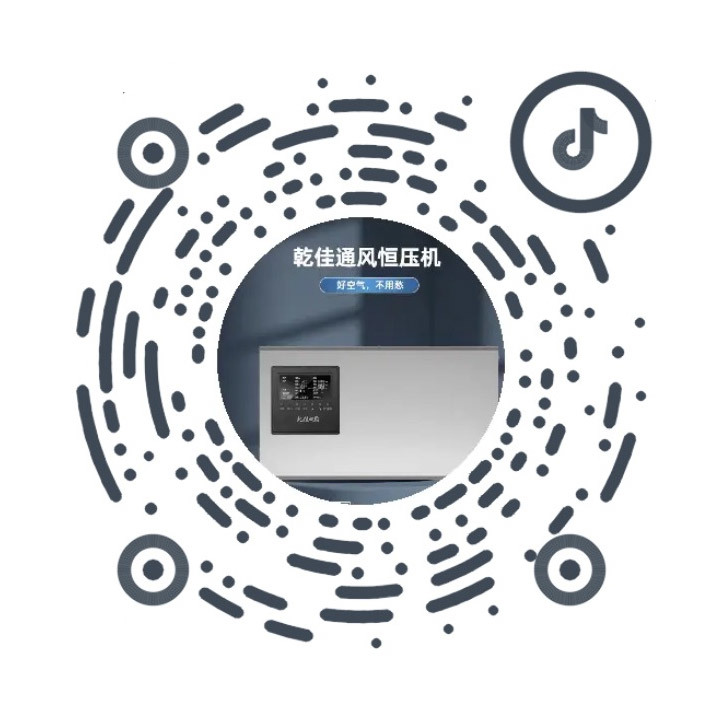Negative pressure ventilation
Release time:
2021-01-22
A fan (usually a negative pressure fan) installed on one wall of the space extracts some of the indoor air, causing the indoor air pressure to momentarily be less than atmospheric pressure or less than normal pressure. At this time, an air inlet is opened on the other side of the space (often opposite the negative pressure fan), and outside air automatically enters the space under atmospheric pressure. Therefore, a directional and stable airflow is formed in the space. This type of ventilation is usually called negative pressure ventilation. Its characteristics are directional and stable airflow, and it is connected to the outside world rather than internal circulation within the space.
A fan (usually a negative pressure fan) mounted on one wall of the space extracts some of the indoor air, causing the indoor air pressure to momentarily be less than atmospheric pressure or less than normal pressure. At this time, the opposite side of the space (often the opposite side of the negative pressure fan) has an air inlet, and outside air automatically enters the space under atmospheric pressure. This creates a directional and stable airflow in the space. This type of ventilation is usually called negative pressure ventilation. Its characteristics are directional and stable airflow, and it is connected to the outside world rather than internal circulation within the space. It usually uses a negative pressure fan to achieve this, rather than traditional axial flow fans, etc. If a cooling water curtain is installed opposite the negative pressure fan, then when the outside air passes through the wet water curtain, it exchanges heat with the water and the temperature drops, which will have a significant cooling effect on the space.
Key words:
recommend News
Contact Us
Address: No.885 Dujuan Road,Jngyue Economc Development Zone,Changchun City,Jilin Provnce,P.R.China
Telephone:+86 400-697-9917
Telephone:+86 13578948190
E-mail:188531271@qq.com
Focus on us


TikTok
Copyright: Changchun Weicheng Machinery Equipment Co.,Ltd.







